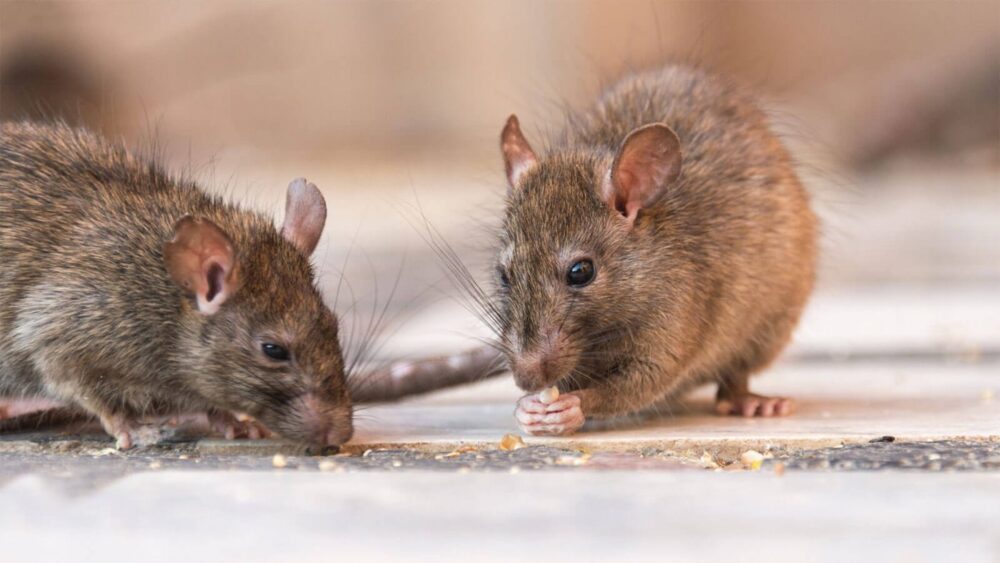Take a look in any pet or animal shop and you’ll probably see some mice in cages, waiting to be sold. They can look pretty cute! However, you should be aware that mice carry disease, and they multiply at a surprisingly rapid rate!
If you see one mouse in your house, contact your local pest control experts to have your property inspected. Likely, the one you saw is just the tip of the iceberg.
Diseases Carried By Mice
Mice carry a variety of diseases, and they don’t need to bite you to pass them on. They will urinate and leave their feces behind them, often providing a trail of where they have been. Touching these or the surface where they are sitting can be enough to get the infection on your fingers. You can then contaminate your food or even put the disease directly into your mouth when you wipe your face with your hands.
Diseases that mice can carry include
Plague
This caused the deaths of millions of people in the Middle Ages, but there is still no known cure. Random cases still occur, the severity of the case will depend on which type of plague you get.
Hantavirus
Hantavirus is known to affect humans, causing kidney and respiratory issues. Cases of this disease are now thankfully rare but it can be carried by mice and it can be a very serious issue. The mortality rate of this disease is 38%.
Lymphocytic Choriomeningitis
If you get this disease you’ll initially have flu-like symptoms, including muscle aches, headaches, and vomiting. As it develops the sore throat will become worse and you’re likely to have chest pain, joint pain, and even testicular pain. It is a neurological disease and causes damage to the brain, potentially causing death or long-term disability.
That’s just a few of the diseases carried by rats and why you need to find out more about your local pest control experts today. That way, you’ll be able to call them quickly when you really need them.
Multiplication Rate
One of the biggest problems with mice isn’t just that they can carry potentially deadly diseases. They are also very rapid at multiplying. Each mouse can be pregnant between 5-10 times a year. The pregnancy lasts a maximum of 3 weeks and the litter is between 3-14 pups. That’s as many as 140 new mice every year, from just one mouse.
It’s easy to see how quickly a colony can grow and one or two mice in your house can become hundreds. All of them will be looking for food and the more of them there are the greater the risk that you’ll pick up an infection.
Mice may appear cute, but they carry disease, and they can cause significant damage to the infrastructure of your home, they’ll chew almost anything. If you discover them in your home, they need to be exterminated.

